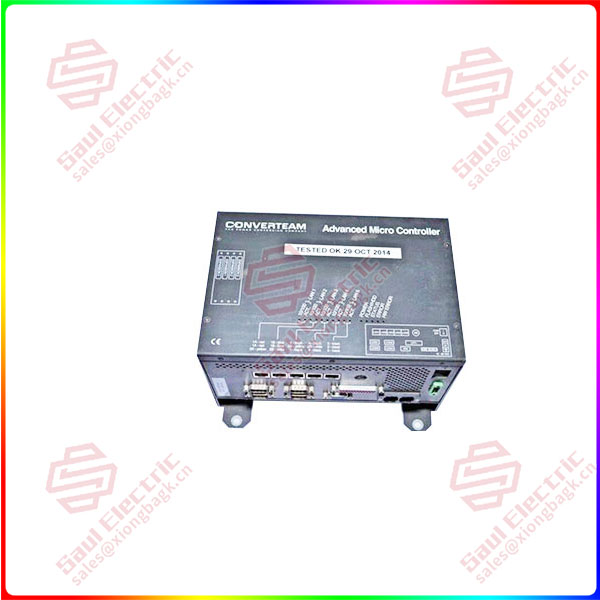The report of the 20th National Congress stressed that it is necessary to speed up the green transformation of development methods and actively and steadily promote carbon to reach the peak of carbon neutrality. In 2021, in order to promote the realization of the “double carbon” goal, China issued the “14th Five-Year” circular economy Development Plan “, which determined that the development of circular economy is a major strategy for China’s economic and social development, and pointed out that by 2025, the basic establishment of a resource recycling industrial system and a resource recycling system covering the whole society will be greatly improved. Highlight the supporting and safeguarding role of circular economy on resource security. At the same time, in our country’s “1+N” policy system, the circular economy to help reduce carbon action is listed as one of the “carbon peak ten actions”, further highlighting its important role in the goal of carbon peak carbon neutrality.
As a global expert in digital transformation in energy management and automation, Schneider Electric has always made sustainability a core strategy, integrating it into every link of the entire industrial chain. Among them, in the operation phase, the adaptive transformation service that can extend the service life of the equipment and reduce waste is an important embodiment of Schneider Electric’s contribution to carbon reduction and sustainable development through the circular economy.

P111-6052
Adapt the transformation service, implement the concept of circular economy in the distribution system
Under the guidance of the concept of circular economy, people are gradually changing from the long-established linear economy to the circular model. Power distribution system is related to the development of the whole city and society, maintaining the stability and order of people’s production and life, how to implement the concept of circular economy in the power distribution system is particularly important. In the power industry, low voltage (LV) and medium voltage (MV) switchgear is one of the many areas where the circular economy is beginning to emerge. Schneider Electric extends the circular economy into its business, ensuring that its core products have a low carbon footprint and contribute to sustainable development.
The adaptation transformation service is Schneider Electric’s long-term practical experience in the upgrading and transformation of delisted low-voltage distribution equipment. It is specialized in partial transformation of some components, and only needs to replace the main core components and keep the original cabinet structure unchanged, which can reduce the impact on production and save resources and costs.
Typical low-voltage and medium-voltage electrical switchgear is composed of passive components and active components. Circuit breakers, contactors and relay protectors are the three active components that have the greatest impact on maintenance and scrap issues. In the past, when power distribution devices are used for a long time, they often face problems such as component delisting, performance degradation, or aging insulation. Continued use will gradually generate security risks. Therefore, you need to replace the delisted or faulty components. However, because the performance decline between the equipment and the insulation aging is not synchronized, the replacement of the whole set of distribution equipment will produce great waste, and the corresponding transformation cycle is long, which brings a heavy economic burden to the enterprise. The adaptive transformation service just solves the waste situation that may occur in the traditional transformation method, and easily solves the aging problem of distribution equipment.
 1 Year Warranty
1 Year Warranty





